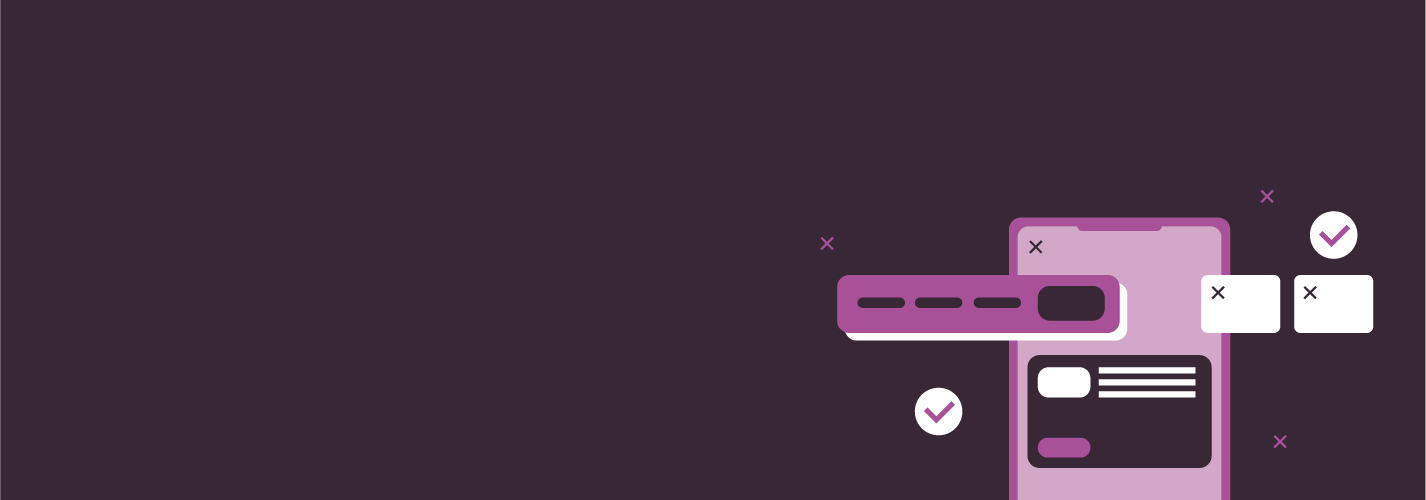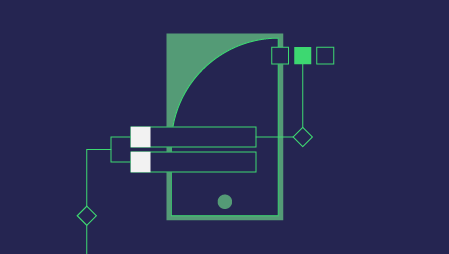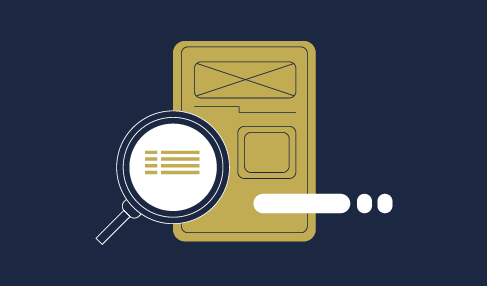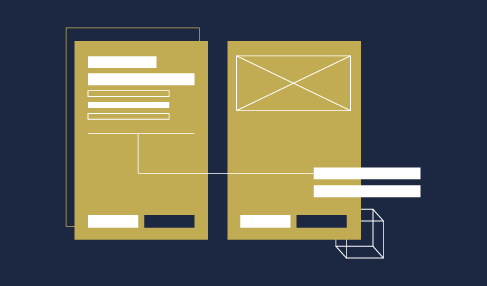With an overwhelming number of new products being pushed to market every second, people are demanding more from the products they choose to invest in.
Ethical product design calls into question the products we design and develop, and whether they are driven by purpose to create value in people’s lives. Designers should be more mindful of the products they create and how they impact those who use them. With today’s technological advancements, designers are more equipped than ever to create products that address the needs of all people. We, as designers, have an ethical code to uphold, and we should take it upon ourselves to ensure we are staying true to our beliefs and values.
Design your own code of ethics
Be a leader who sets ethics as a precedent, and ensure that all involved understand your process and what you value early on in a project. Whether you lead a team or you are your own boss, develop your own standard code of ethics. Mike Monterio has a great article called, ‘A Designers Code of Ethics’, where he discusses how designers can be more aware of the impact they have on society. Instead of jumping from one project to the next, take time to self-reflect on the work you’ve done and the work you’d like to be a part of. Before taking on your next project, think about what is important to you as a designer and where you draw the line.
Focus on human-centered design
Ethical product design should start with considering the people who use what you’re building as well as their unique sets of attributes. Part of the human-centered design process is considering edge cases and not just one set of criteria. Instead of taking a narrowed approach to demographics and psychographics, include different gender types, cultures, and ethnicities as part of your design plan. Have you thought about whether your design requires certain accessibility features and functionality? A few ways you can develop more of an understanding about the people using your product are through surveys, open seminars, observation, and guerrilla testing. By continually asking questions and observing how people interact with your product, you will, in turn, create more meaningful and enjoyable products.
Let’s consider the devices we use on a daily basis. Could any of them be more simplistic in design or multi-functional? The devices and technologies we use daily should factor in all people who use them. Consider a household with a family of 3. Parent A is a heavy sleeper, and Parent B is deaf. Parent A has slept through their morning alarm on several occasions, and Parent B needs an alternate solution to being woken up. Both parents need to be alerted to their baby crying. There are several products on the market that suit both types of individuals and their use cases. However, is it necessary to have to purchase multiple products? Why not create a multi-functional product that would take care of all scenarios?
“Our understanding of what ‘better product’ means has evolved. When we used to say ‘better products’, we meant those that were easy to use. Today, however, better products respect people and avoid doing harm.”
— Dan Brown (Sept 18, 2018), UX in the Age of Abusability
We have seen through the traditional design process that a linear approach has often been preferred. As a result, the potential for building on multiple ideas and testing early has often been an afterthought. In order to create better experiences and more ethical product design, we should take on a more agile approach. Look to gather feedback from a broad demographic of people through lean UX testing or smaller-focused user test groups. American user experience consulting firm, Nielsen and Norman Group, states that “testing with 5 people lets you find almost as many usability problems as you’d find using many more test participants”. Listening and gathering feedback early on from all stakeholders involved helps to ensure that goals are properly outlined from the beginning.
Ethical product design should be purpose driven
Designing with purpose in mind is all about creating useful products. Do you ever ask yourself: Does what I’m creating have a positive influence on the people who will use it? Is it impactful on a smaller or a larger scale? Does it increase productivity, minimize effort, and improve a person’s quality of life?
We should be questioning whether we are creating something that is truly meaningful or just for profit. It is important that design and marketing are treated equally. Marketing plays a big role in sales, in driving brand awareness, and in customer retention. With new products being pushed to market every second, consumers are impervious to traditional marketing techniques. They are more careful than ever about what they invest their time and money in. This means they are also demanding more from the products they use.
With new emerging technologies like wearables, certain industries such as healthcare are making strides in providing around-the-clock care, helping overburdened doctor’s offices, and allowing individuals to stay on top of their own health. Wearables can provide patient care from a distance, track health and fitness, alert people when they are too close to others, or vibrate to wake someone up. With technological advances like this, we can come to expect more in the future of ethically-driven product design. Read more about how wearable technology has impacted the healthcare industry.
Be accountable as a team
How does the old African proverb go: “it takes a village…”. Similarly, this is the way we look at product design and development – it’s not just one person that’s involved, it is multi-disciplined. It’s important that throughout the design process, reviews are scheduled to ensure all people involved are able to address any critical issues. It’s a company’s responsibility to ensure their team has developed a solid process to turn around finished products that can be used without friction. In order to prevent errors post launch, set up regular design checkpoints before moving to development.
Prior to beginning a new project, consider implementing a solid design system that you and/or your team can rely on. InVision has put together ‘A Comprehensive Guide to Design Systems’, which is a great resource to learn more about what a design system is and how it can positively impact workflow.
Successful product design should work with all people in mind, and not make people work harder to use it. Consider asking yourself these questions throughout your next project: Do you have society’s best interest at heart? Whose perspective is missing from product development? Will this product enhance people’s lives in some way?
We should be creating products that serve the end user, and aren’t solely driven by profit. Let’s focus on designing better products and experiences that have ethics and inclusivity in mind.





